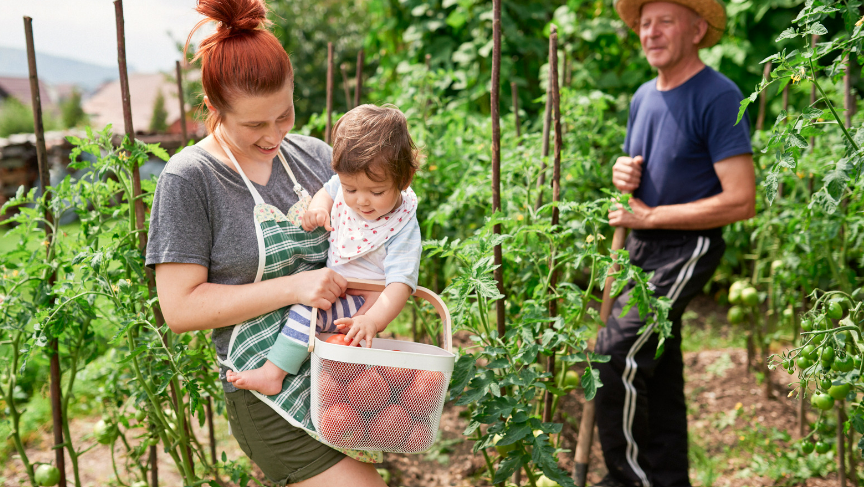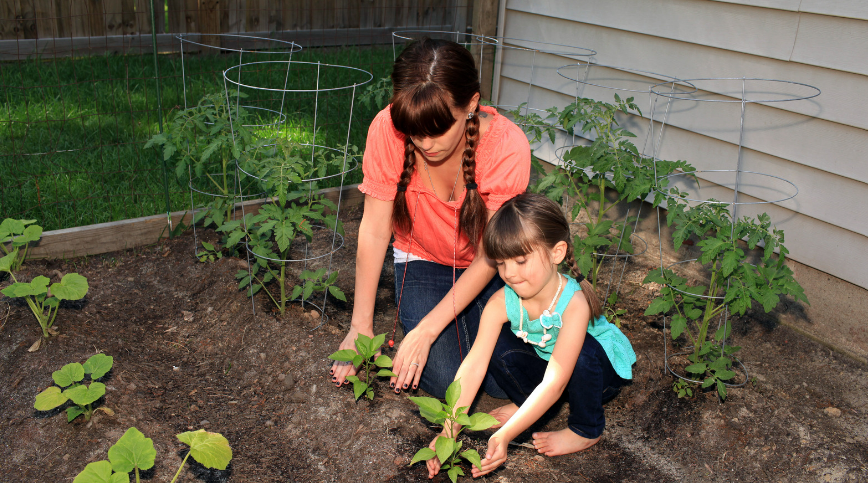
Autoflowering cannabis is a great choice for novice growers thanks to its straightforward cultivation cycle and resilient nature.
These plants automatically switch from vegetative to flowering stages as they mature regardless of light cycle changes, making it the perfect way to transition into growing. Unfortunately, even seemingly inexpensive gardening projects can quickly become costly endeavors without proper management – in this article, we offer several budget-conscious tips designed to maximize autoflower yields without breaking the bank!
Selecting Seeds
Securing quality without overspending seeds is paramount to creating a successful autoflower garden. Here are a few practical strategies that can help:
- Research Strains: Different strains offer differing degrees of resistance to climate and pests. Choose those known for resilience and shorter flowering times. For an in-depth guide on popular autoflower strains and their growth characteristics, consider reading this informative article.
- Buy Seeds in Bulk: To save money when buying seeds in bulk, consider sharing the cost with fellow gardeners and sharing any excess seeds you acquire with one another.
When selecting seeds, look for varieties known for their hardiness and adaptability to various environmental conditions. Autoflower varieties usually require less maintenance than their photoperiod counterparts; so choosing robust varieties could reduce costly interventions later in the growing cycle. Also consult online reviews or grow reports that compare performance of various strains in similar circumstances to yours.
Installing Your Grow Space
Establishing your grow space properly is important, yet it doesn’t have to break the bank: here’s everything you need to know to set one up successfully and affordably.
- Utilize natural lighting: When possible, arrange your grow space near windows or areas receiving ample sunlight to take advantage of natural light sources and minimize the need for expensive grow lights. Autoflowers flourish under plenty of light!
- DIY Grow Containers: As an economical alternative to purchasing costly grow pots, try upcycling household items such as buckets or drawers as grow containers – be sure they contain appropriate drainage holes!
Consider your space’s ambient conditions when selecting the optimal growing environment for autoflowering cannabis, particularly when looking to keep costs down. Temperature and humidity play key roles in plant health and yield.
A simple fan can help increase air circulation, while using second-hand dehumidifiers or humidifiers may help create the optimal growing conditions that autoflowering cannabis requires – creating the optimal growing conditions is essential if trying to keep costs low!
Soil and Nutrients
Proper nutrition and soil are crucial to the health and yield of any plants you cultivate. These two components play a critical role in their success and yield.
- Create Your Own Soil: Combine peat moss, compost, vermiculite, and perlite to form a rich yet well-draining growing medium that is often more cost-effective and economical than commercial mixes.
- Organic Fertilizers: When looking for cost-effective organic fertilizers that won’t harm plants, materials such as compost tea, worm castings, or homemade plant food are both cost-effective and gentle on plants.
Homemade soil mixes save money and allow you to tailor their nutrient profile specifically to the cauliflower plants you grow. By understanding basic cannabis needs, such as nitrogen in vegetative stages and phosphorous/potassium during flowering phases, you can tailor amendments and feeding schedules to boost growth and increase yield without overspending on commercial products.
Watering and Maintenance
Efficient Watering and maintenance practices can save water and effort; when applied properly, they can save both.
- Water your plants during the cooler parts of the day to reduce evaporation. Rainwater collection is both better for plants and more cost-effective—make use of it if possible!
- Naturally effective pest control: Natural options like neem oil or beneficial insects like ladybugs may be preferable and more economical solutions for an environmentally-friendly alternative to chemical pesticides.
Additionally, mulching plants can significantly decrease water usage by slowing evaporation and suppressing weed growth. This simple strategy not only keeps the soil moist but also minimizes time and resources spent weeding and watering your garden – creating an efficient garden that’s both economical and sustainable!
Harvesting and Curing
Proper harvesting and curing techniques can ensure maximum quality without incurring additional costs:
- Timing is key: Harvest your plants when their trichomes have turned cloudy and inspect them with a simple magnifying glass; this is much cheaper than purchasing expensive tools for this task.
- DIY Curing Jars: Mason jars make ideal curing containers as they are airtight, readily available on a budget, and easily available in bulk.
Curing is essential to unlocking your buds’ full flavor and potency potential, so ensure your curing containers are kept in an ideal environment – cool, dark, and dry – for proper aging. Regularly inspect jars for mold or excessive moisture build-up or cracks that require opening up if necessary – often overlooked by beginners. This step can dramatically alter the quality of your harvest, turning a good yield into an exceptional one without incurring additional expenses.
Conclusion
Launching an autoflower garden can be an exhilarating adventure without straining your finances.
You can reap a fruitful harvest on a budget by choosing suitable seeds, creating an efficient grow space, and employing efficient soil, nutrient, and maintenance strategies. Not only can these tips save money, but they’re also essential in creating more natural and eco-friendly grow cycles – both rewarding and economic endeavors that establish the basis for continued success in gardening!












